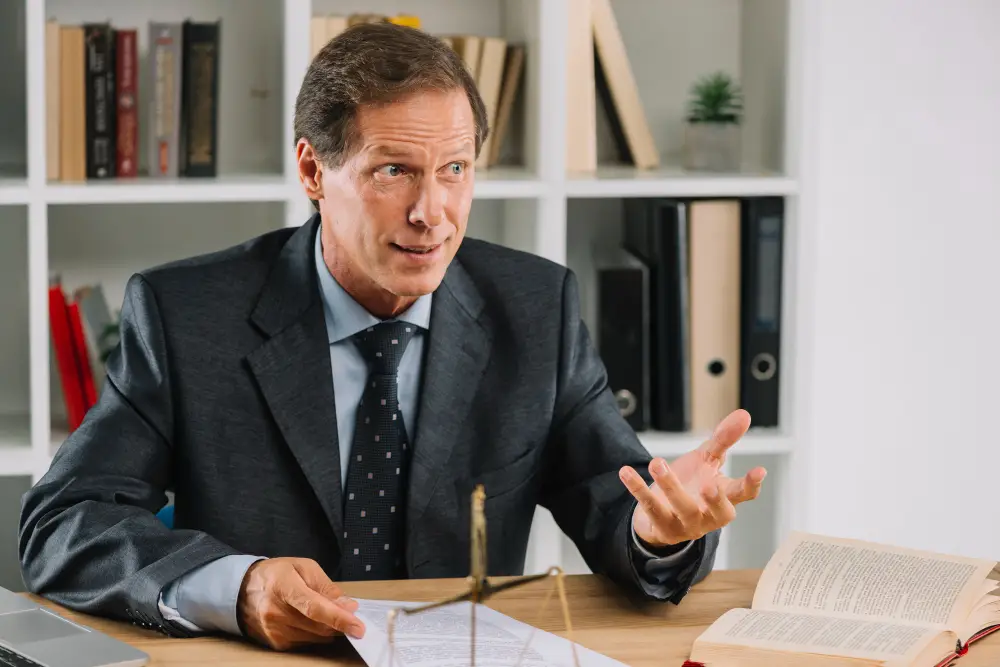
Tripping or slipping and sustaining injuries from a fall are common in busy commercial places. These injuries can leave the victim physically impaired. Owners or managers of such commercial places are required to ensure the safety of individuals using the space. If they fail to maintain the safety standards, the victim of such an accident can sue them for their negligence (or breach of the Occupiers’ Liability Act. One must know what evidence proves adequate while building a legal case. This blog post outlines the key evidence that helps make a slip-and-fall case strong.
What are Slip and Fall Cases?
Accidents that cause severe physical impairment after a slip or fall in a commercial space are considered slip and fall cases (slip and fall cases can however also include those on residential or government owned properties). The individual who has suffered an injury due to the negligence of the owner or manager of the public area can gather sufficient evidence to prove it in court and ask for fair compensation.
Key Evidence for Proving Liability in Slip and Fall Claims
Certain materials form key evidence when filing a claim for slip and fall cases. Some of these include:
1. Photographic and Video Evidence
Photos or videos of the scene after the accident qualify as significant evidence in slip and fall cases. This fresh evidence captures the entire setting in its exact condition at the time of the accident.
2. Incident Reports
If a person has suffered injury through a slip or fall in a public space, they must report it immediately to the property owner or manager. This report must state details of the accident, specify the condition which led to the accident, and provide witnesses, if any.
3. Witness Statements
The presence of an eyewitness qualifies as supporting evidence to explain the conditions that led to the mishap. They can help gather information from other people present at the place of the accident.
4. Medical Records
Visit a doctor right after a slip or fall. Medical records provide strong evidence to state the severity of the injuries and how they will impact the life of the individual who has suffered a fall. A doctor can help you link the injury directly with the accident to provide strong evidence in court.
5. Maintenance Records
The owner or manager of a commercial property has a public obligation to maintain the premises and make them safe for public use. They must keep records of any maintenance services performed on the premises to prove that they have not been negligent. The absence of maintenance records can qualify as solid evidence of the property owner’s negligence.
6. Expert Testimony
Experts like safety inspectors, medical experts, and accident reconstruction specialists help analyse an accident’s condition carefully. They can testify and establish liability in court.
Legal Context in Canada
Slip and fall cases are covered under premise liability law, which is governed by provincial statutes. The Occupiers’ Liability Act in Ontario specifies the duties of an occupier of property to keep it reasonably safe for visitors.
Occupiers’ Liability Act, R.S.O. 1990, c.O. 2.
According to this Act, the occupier of premises must use all reasonable measures to prevent injury to any person entering or coming into the premises owned or occupied by the occupier. This duty of care includes:
- The responsibility of managing the property, including inspecting and maintaining it.
- Promptly addressing known hazards.
- Giving sufficient notice of hazards that cannot be corrected right away.
To sue for and win a case, with the assistance of your injury lawyer, you must prove that the occupier of the property failed to meet this duty of care, resulting in the slip and fall incident and subsequent injuries.
The Measures to Follow after a Slip and Fall Accident
If you’ve suffered a slip or a fall, here are the necessary steps to take right after:
- Seek Medical Attention: Health is the utmost priority, and it is essential to consult a medical expert to determine the extent of the injury.
- Report the Incident: Advise the property owner or manager and ensure an incident report is completed. If your injury is a result of a slip and fall on ice or snow, you must provide notice to the occupiers of the area within 60 days of the incident (sooner for claims against a municipality).
- Gather Evidence: Document the situation by taking pictures, gathering statements from the people around you, and writing down every detail.
- Contact a Slip and Fall Lawyer: It is advisable to consult a slip and fall lawyer who can assist you in the legal procedures, collect evidence for slip and fall claim, and develop a winning strategy.
Role of a Slip and Fall Lawyer
A slip and fall lawyer can help you build a strong case while you claim for injuries. They help analyze the case and identify the proof required to prove the defendant’s liability. They can also collect and store evidence, interview witnesses or experts, deal with insurance companies, and appeal your case in court if needed.
Conclusion
Slip and fall cases on commercial premises are a common sight in Ottawa and across Ontario. However, such incidents are not only dangerous; they can be life-threatening for the victim of a slip and fall incident. It is crucial to gather particular types of evidence to prove liability. Photos, police reports, statements of the people present, health records of the involved individuals, structural condition records and the testimony of the experts are quintessential pieces of the puzzle. In Ontario, property owners must legally ensure their property is safe under the Occupiers’ Liability Act.
If you or a family member has suffered a slip and fall accident, seeking a slip and fall lawyer is recommended. Knowing all the facts and collecting the required evidence will help you prove that the defendant is liable and deserves compensation. Discuss your case with SG Injury Law Firm for expert legal guidance.
